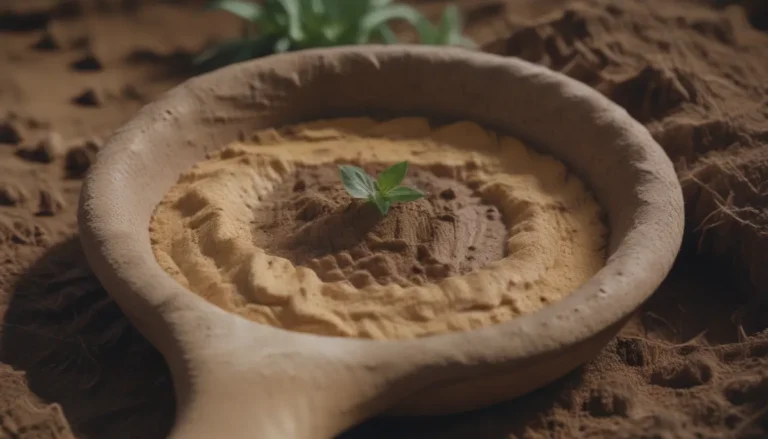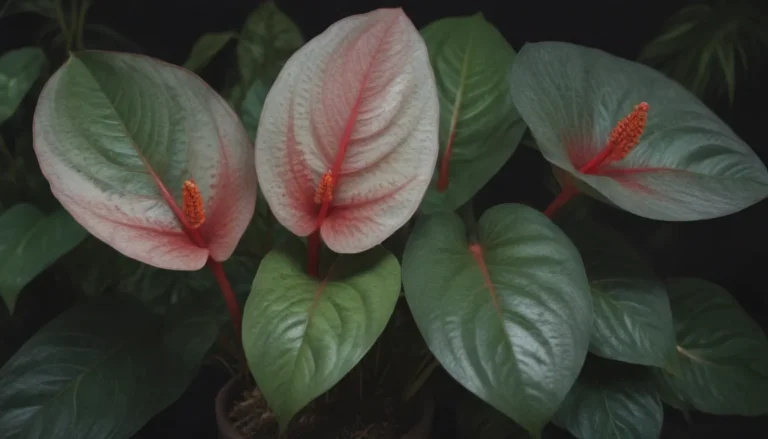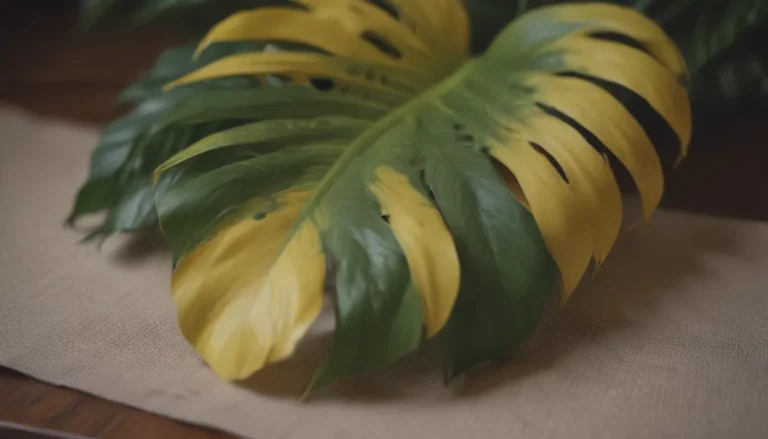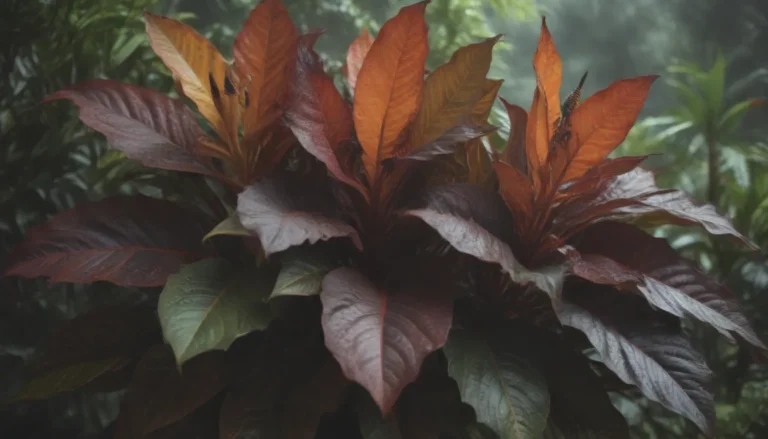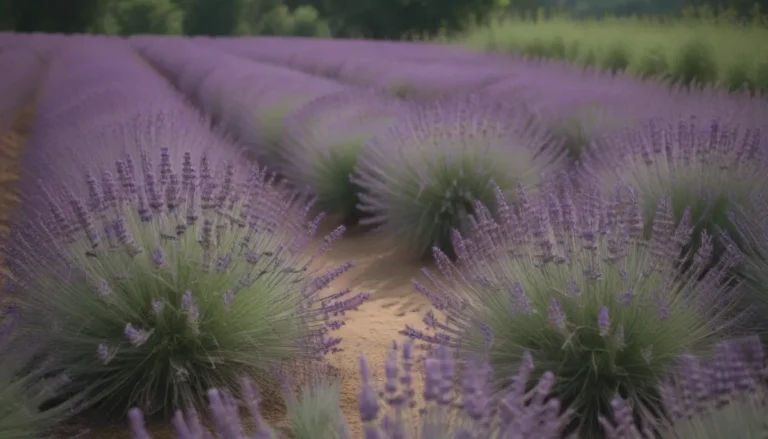A Comprehensive Guide to Growing and Caring for the Whale Fin Snake Plant
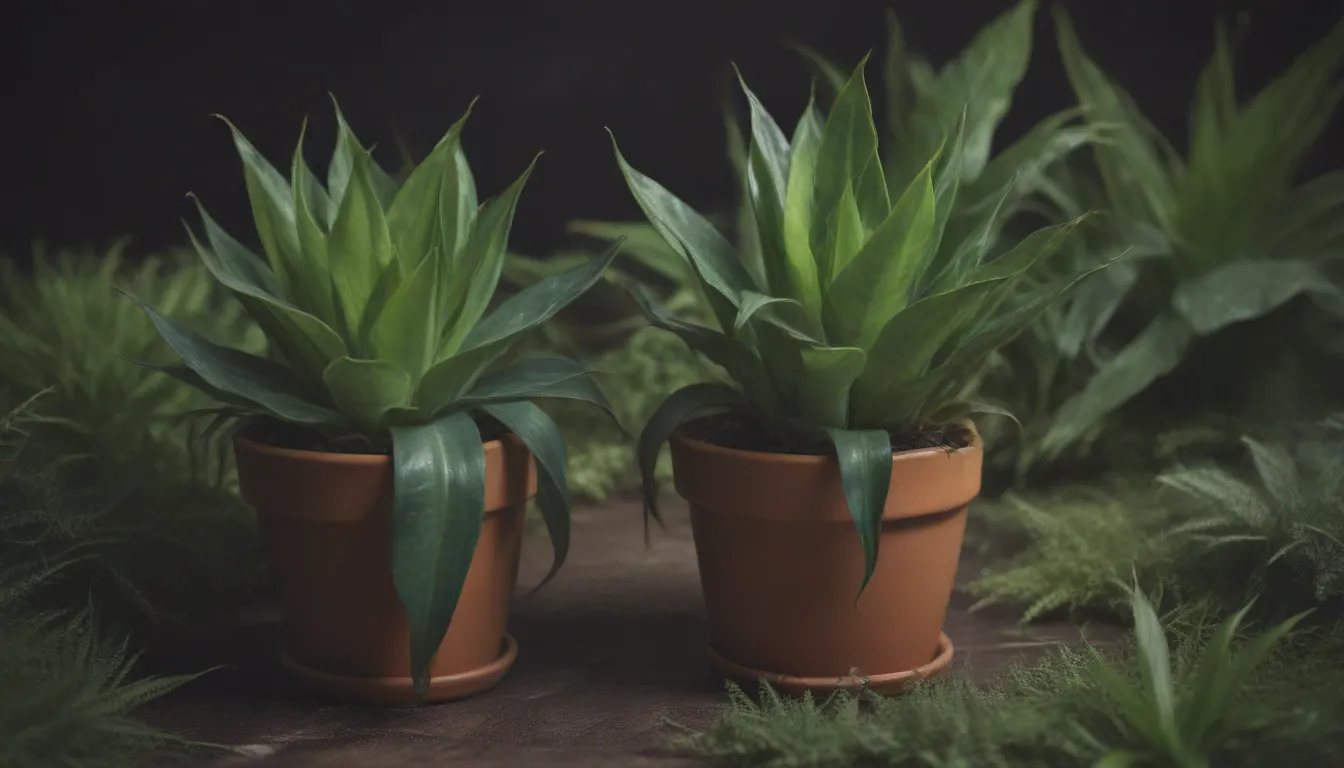
Welcome, plant enthusiasts! Today, we’re diving deep into the world of the whale fin snake plant (Dracaena masoniana). This unique plant is known for its striking paddle-like leaves that resemble the fins of a whale. If you’re looking to add a touch of exotic flair to your indoor garden, the whale fin snake plant is the perfect choice. In this comprehensive guide, we’ll explore everything you need to know to help your whale fin snake plant thrive. From light and soil requirements to propagation, pruning, and common problems, we’ve got you covered.
Whale Fin Snake Plant Care
Let’s start with the basics of caring for your whale fin snake plant. Here are some key considerations to keep in mind:
Light
Whale fin snake plants thrive in bright, indirect light. However, they can also adapt to medium-light conditions. Avoid exposing your plant to strong, direct sunlight, as this can lead to leaf burn and stunted growth.
Soil
Choose a loose, well-drained potting mix for your whale fin snake plant. A mix designed for cacti and succulents works well, or you can create your own mix using perlite, coarse sand, standard potting mix, and coconut coir or peat moss.
Water
Like other snake plants, the whale fin snake plant is drought-tolerant. Water it only when the soil has completely dried out. Check the soil moisture regularly to determine the best time to water and prevent root rot.
Temperature and Humidity
Maintain temperatures between 70 and 90 °F for your whale fin snake plant, with humidity around 50 percent. While the plant can tolerate lower humidity levels, avoid exposing it to cold drafts or temperatures below 55 °F.
Fertilizer
Fertilize your whale fin snake plant once at the start of the growing season in spring. Use a balanced liquid houseplant fertilizer diluted to half strength to avoid overfertilizing.
Pruning Your Whale Fin Snake Plant
While pruning is not required often, it’s essential to remove dead or damaged leaves as needed. Trim them off at the base of the plant using clean, sharp scissors or pruners. If your plant becomes too tall, you can remove the tallest leaves, ensuring not to remove more than 30 percent of the foliage at once.
Propagating the Whale Fin Snake Plant
Propagating your whale fin snake plant is a rewarding experience. Here are two methods you can use:
Leaf Cuttings
To propagate with leaf cuttings, gather a clear glass or jar, a sterilized cutting tool, and a healthy mother plant. This method takes time but is relatively simple to do.
Division
For division propagation, ensure your mother plant has several clumps of leaves with individual root systems. Use sterilized pruners, small plant pots, fresh potting mix, and water for success.
Potting and Repotting
Whale fin snake plants are tolerant of being slightly rootbound. Repot your plant every three years or when its roots fill the soil surface and growth slows. Opt for a terracotta pot that wicks away excess moisture and is slightly larger than the previous one.
Common Pests & Plant Diseases
While whale fin snake plants are generally resilient to diseases, they may attract common houseplant pests like spider mites and mealybugs. Avoid overwatering to prevent root rot and fungal issues.
Encouraging Blooms
Though whale fin snake plants are primarily grown for their foliage, with the right care and conditions, mature plants may produce small, white blooms on a flower stalk. Ensure your plant receives sufficient light and humidity for flowering to occur.
Troubleshooting Common Problems
Here are some common issues you may encounter with your whale fin snake plant and how to address them:
Curling Leaves
If your plant’s leaves are curling, it may indicate insufficient moisture. Water deeply when the soil is dry to revive the plant and prevent future curling.
Yellowing Leaves
Yellow leaves are a sign of overwatering. Allow the soil to dry completely before watering again and consider repotting with a fast-draining mix.
Brown Spots on Leaves
Brown spots can result from sunburn or root rot. Move your plant to indirect light if sunburn is the issue, and remove affected leaves for root rot.
With proper care and attention, your whale fin snake plant will thrive and become a stunning addition to your indoor garden. Remember to monitor its growth, adjust care as needed, and enjoy the beauty of this unique plant in your home. Happy gardening!
Sources:
– ASPCA.org
– University of Kansas Health System

